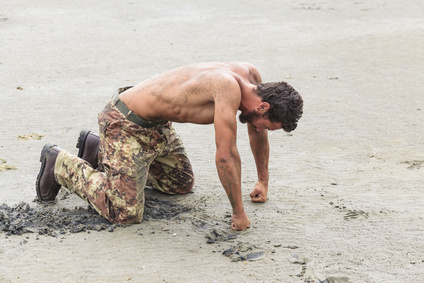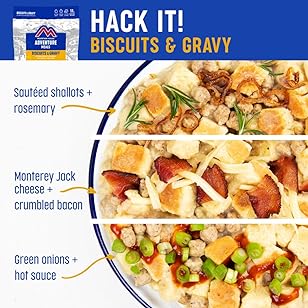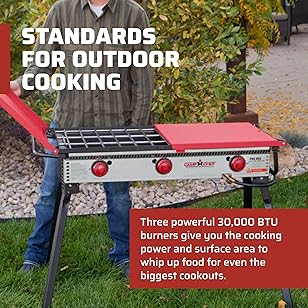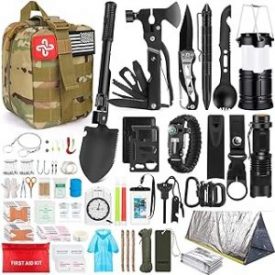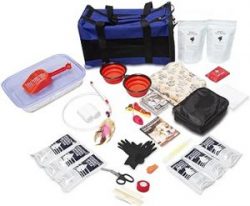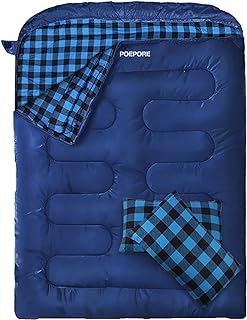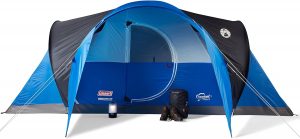Surviving A Desert
You find yourself out on a desert. Some experts say it doesn’t matter how you got there, I say it does. If you and/or your group were chased or forced to leave by way of the desert, you can not go back that way. Otherwise if you haven’t passed the halfway point, you are better off following the same route back that took you to where you are.
Whether you were forced onto the desert or you just want to cross the desert to reach a better place, it is pretty much possible to do so without excessively risking personal harm. It is all a matter of being prepared. Here are some ideas on how you can survive in one of the world’s most demanding situations.
When it comes to desert survival, having enough food and water is typically the first consideration on any traveler’s mind. However, with proper planning of your bug-out-bag it is not impossible to keep a significant amount of food and water on your person without overburdening yourself. This is especially important in a desert setting where foraging is practically impossible. However, with various freeze dried, dehydrated, and vacuum sealed plastic bag foods available, you can carry several week’s worth of food in your pack without exhausting yourself. As for water, it’s a simple matter to carry a three day supply of three liters or a durable gallon jug of water with you.
The key to desert survival is to get off the desert as quickly as possible. This would have to be your navigational equipment. These include everything from simple devices like flashlights, maps, and compasses to more complex equipment, such as emergency flares and cell phone with GPS receiver. The latter is important in that not only can it help you learn your exact location, but you can also alert friendly authorities if available.
A minimal map reading skill set should include locating where you are and the shortest routes to water (that can be purified) and arc routes back to civilization as well as established trails to cross to the other sides.
Quality first aid kits are also important for desert survival. There are the risks of heat stroke, dehydration, heat exhaustion, and other conditions on top of the usual risks of injury. When it comes to a top quality portable first aid kit, it’s important not to skimp in these matters. Typical desert survival kits include bandages, disinfectant, pain killers, cooling aloe cream, sun screen and other supplies. It’s also a good idea to carry a guide of different flora and fauna in your area as well. This is useful for identifying various species of venomous snakes and scorpions as well as different edible plants and insects.
One rule of desert survival is to discard nothing. An empty plastic jug or water bag can be refilled. That too hot to carry jacket? A desert can go from broiling hot during the day to freezing cold at night. Actually this temperature change signals a source of water. Dig a hole about two feed deep. Put a water jug with funnel at the bottom. Spread one of your plastic trash bags over the hole, rocks or sand to keep it in place with a small rock in the center so water that condenses on the inner surface will run down to that point and drip into the jug.
When it comes to conserving water, keep in mind even with only a cup of water left, never to wash down a mouthful of dusty muck and mucus as you will be just as thirsty a minute later. If there was ever anything to be learned from western cowboy movies, always remember to rinse and spit before drinking, you will be glad you did.
Most desert travel is done at twilight, night and early morning, resting and sleeping during the day if shelter/shade can be found. Keep in mind everything seeks shade, a mylar foil sleeping bag or sleeping bag liner can go a long way to keeping unwanted guests from snuggling with you.
Never sleep with your head on the sand, better to use your bug-out-bag as pillow (helps keep it from being stolen) or to sleep sitting up against a rock to prevent uninvited guests from occupying your ear canal, helps prevent scorpions and sand spiders from taking a nibble of your nose, ear, etc.
Finally, it’s simple math, those with at least a 72 hour survival kit or bug-out-bag, sturdy hiking books and clothing, some camping equipment, one man tent, are going to fare far better then, those without. If you find yourself out on the desert without such a kit, you have to take every possible action to reverse that horrible situation before it becomes critical.
_


 January 21, 2016
January 21, 2016 
